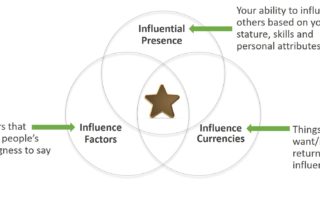Building loyalty
There is an old expression that says “To have a good friend you have to be a good friend.” I believe that loyalty follows the same paradigm. As a manager, if you want your team to be loyal to you, then you have to be loyal to them. Furthermore, because you are the manager, your actions and attitudes will be the primary determining factor as to the cohesiveness and loyalty of your team members toward each other and toward you. That said, the following items will help you build a loyal organization. Let your team members take credit for their accomplishments Protect them when problems and/or bad politics arise Go to bat for them when they need it You have to be a good mentor, good teacher and good listener Trust their judgment within the bounds of their authority Reward teamwork among your team members Help your team members move toward their personal and professional goals There are also things that you should not do because it can dramatically undermine your efforts toward building loyalty. They are: Don’t assume that your team will be loyal to you just because you are the manager, you must earn their loyalty through your attitudes and actions Don’t take your teams loyalty for granted, continue to foster it Don’t take advantage of your team’s loyalty for your personal gain, once found out, their feelings toward you will be substantially diminished People’s loyalty is hard to achieve and once lost, very hard to reestablish. To illustrate this [...]










